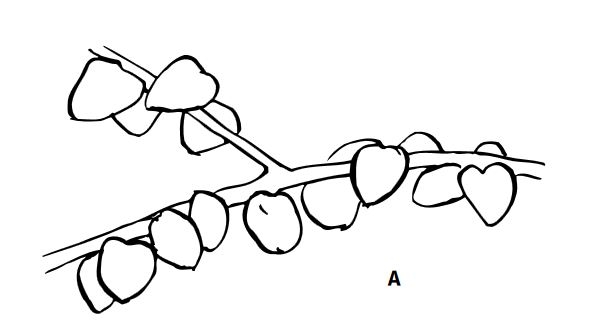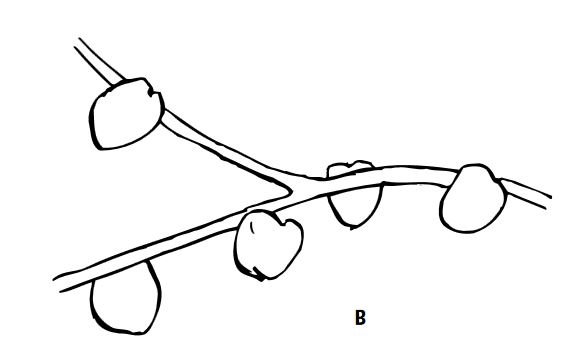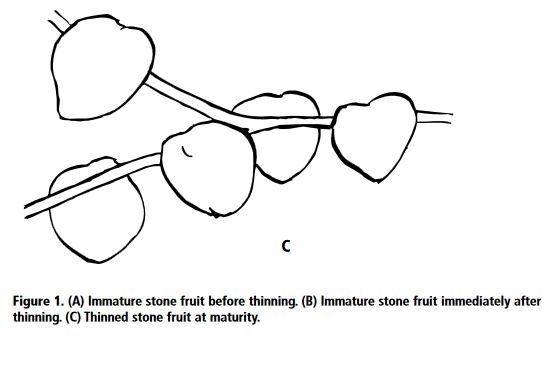Fruit trees produce more fruit than they can handle or support adequately, mainly if the trees were not correctly pruned 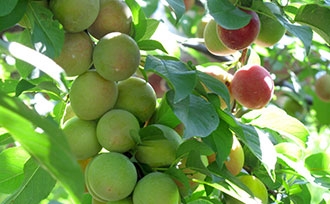
Let's discuss why these practices are beneficial and how to implement them in a home orchard.
Why is this important?
When fruit trees produce abundant fruit, they compete for the resources available, which causes the fruits to be small. This sugar drain, or "sink," can deteriorate the tree and make it more prone to pest and sunburn damage. Furthermore, newly planted fruit trees will benefit dramatically from this practice during the early years of the young tree's life by allowing the energy to be sent to the structure and root system, enabling the tree to grow more robust and healthier.
Benefits of thinning fruit trees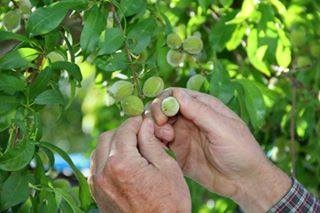
Thinning prevents overbearing and early fruit drop. It helps improve the remaining fruit sizes, color, and quality, as well as aids to avoid limb damage from a heavy fruit load. Moreover, it stimulates the next year's crop and helps prevent biannual bearing (heavy crop one year, light crop the next year). Fruit thinning can also prevent the spread of disease by allowing air movement around tightly clustered fruit, avoiding the disease organism from multiplying and spreading.
What is needed for thinning fruit trees?
Thinning is an easy task; all you need is fingers or a small pair of sharp pruners to remove the excess fruit.
When should fruit trees be thinned?
The best time for thinning fruit trees is after pollination occurs and early stages of fruit development start to show, usually before fruit exceeds an inch in diameter. Fruit trees thinned out later than this lessen the chance that fruit size will increase.
Method of thinning fruit trees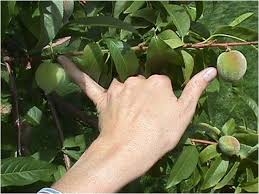
There are two methods to thin fruit trees: by hand or with a pole. Thinning by hand is slower but more effective that thinning with a pole.
Hand thinning involves removing the excess fruit to leave the remaining fruit with enough space so they do not touch at maturity. If a branch is producing fruit on the entire length, thin more heavily towards the terminal end. This may mean leaving only two to three fruit per spur. However, selecting the fruit on alternate branches will allow more of the crop to remain on trees.
Pole thinning is used on large trees when handpicking is impractical. This practice is much faster but less precise, yet the result is often acceptable. Attaching a rubber band at the end of the pole will help reduce bruising or scarring of branches. Practice striking a cluster once or twice with just enough force to adequately cause some of the fruit to fall to the ground.
In summary
When the amount of young fruit on a tree is reduced early in the season, the quality of the remaining fruit is improved. Thinning fruit trees supports the overall health of the trees and allows for larger and higher quality fruit.
For more information on thinning fruit, click here to read Fruit Trees: Thinning Young Fruit, UC ANR Publication 8047
